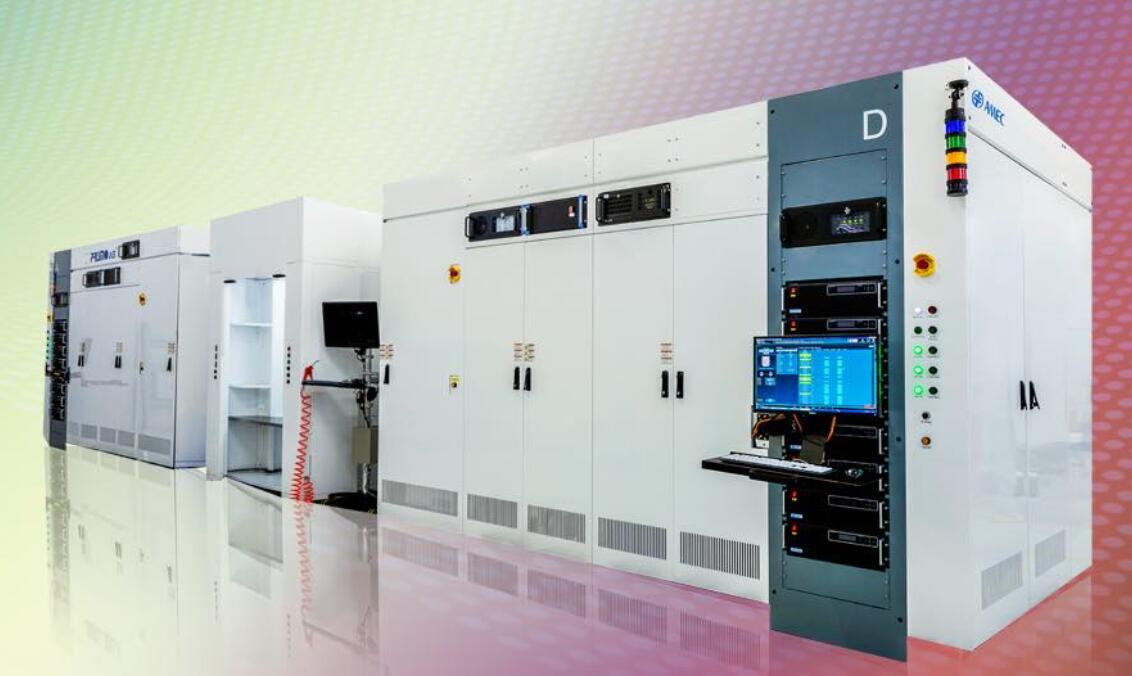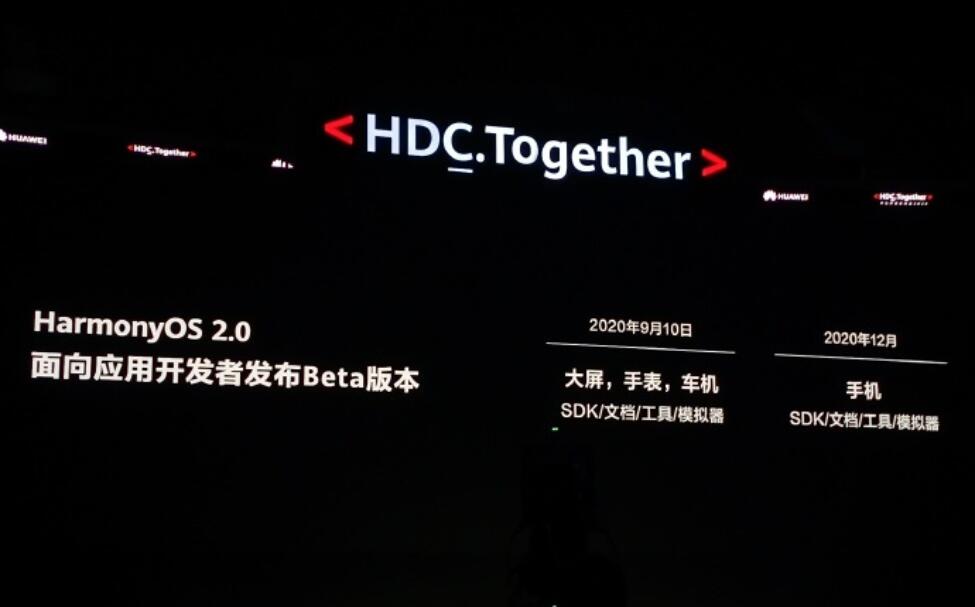China main strategic semiconductor opportunity lies at electric vehicle sector not cellphone, PC, AI or Server. It's estimated by 2025 , there will annual electric car ouput of 5 million in China market alone and each electric car take about 400 to 500 chips. It will go up more in the future. Maybe needs 10,000 chip in each electric vehicle further in future.
So do the math, by 2025, 5million cars *500=2.5billion chip each year just for electric car in China market.
And 28nm process is sufficient for 90% of 2.5billion chips annually.
That's expansion of 28nm capacity is greatly needed. Beijing and Shenzhen currently expands at this node. More will come online to meet the great demand for electric vehicle.
Indeed, if you\ incorporate the autonomous driving capability, EVs are just giant computers plus all kinds of sensors plus software.


